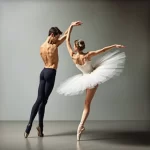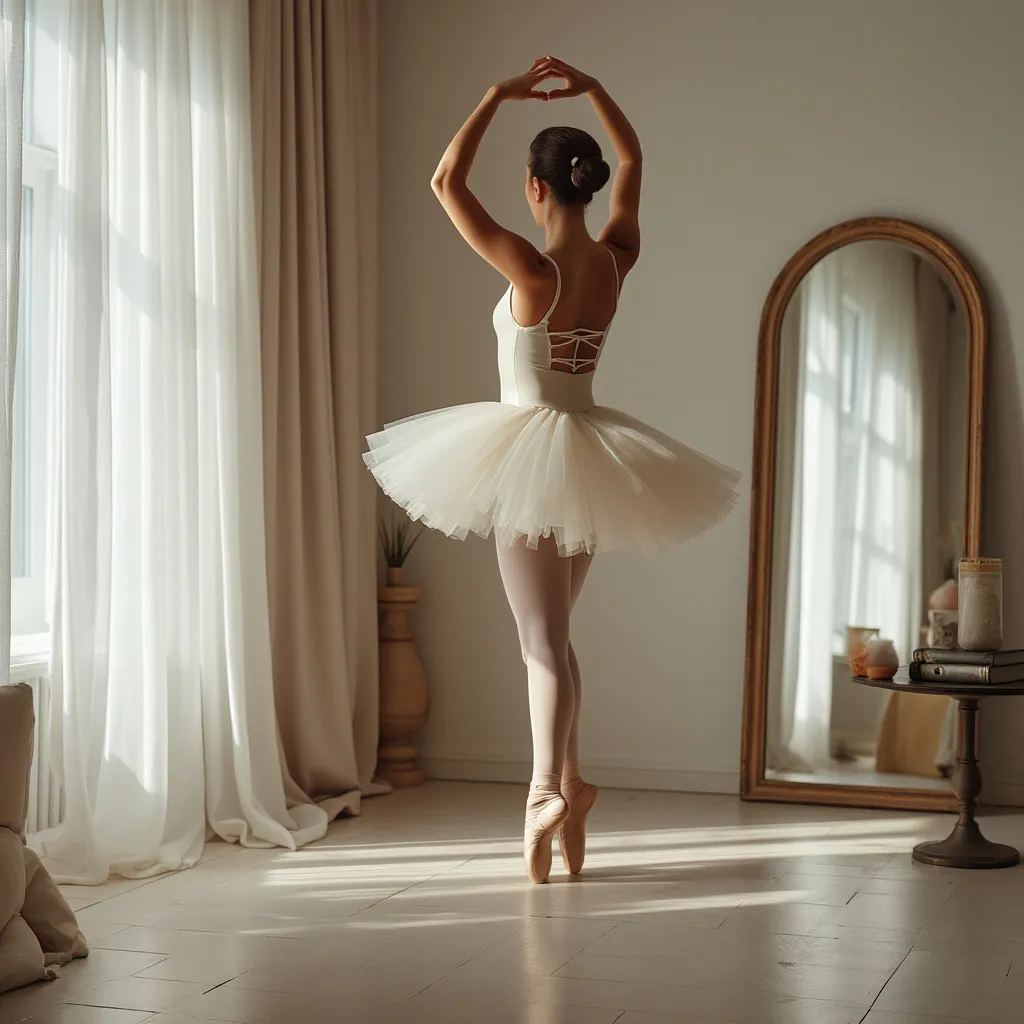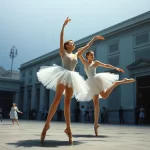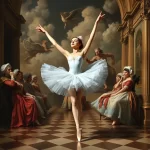Ballet and Gender: The Changing Roles of Men and Women in Ballet

Introduction
Ballet, a classical dance form that originated during the Italian Renaissance and later developed in France and Russia, has long been associated with grace, discipline, and artistic expression. Traditionally, ballet has been characterized by distinct gender roles, with men and women performing specific types of movements and embodying particular archetypes. However, as society evolves and becomes more inclusive, the roles of men and women in ballet are also undergoing significant changes. This article explores the historical context of gender roles in ballet, the current shifts in these roles, and the implications for the future of this timeless art form.
Historical Context of Gender Roles in Ballet
The Origins of Ballet
Ballet began as a court entertainment in the Italian Renaissance and was later formalized in France under the reign of Louis XIV, who founded the Académie Royale de Danse in 1661. Initially, ballet was performed exclusively by men, as women were not allowed to dance in public. Male dancers would don masks and costumes to portray female characters.
The Introduction of Female Dancers
It wasn’t until the late 17th century that women began to appear on stage. The first professional female ballet dancer, Mademoiselle de Lafontaine, performed in 1681. As women entered the ballet world, they were often cast in roles that emphasized their grace and delicacy, while men were given roles that showcased strength and athleticism.
The Romantic Era
The 19th century Romantic era brought about a significant shift in ballet, with an increased focus on female dancers. Ballerinas like Marie Taglioni and Fanny Elssler became iconic figures, and the image of the ethereal, otherworldly ballerina became central to the art form. Male dancers, meanwhile, were often relegated to supporting roles, lifting and partnering the ballerinas.
Changing Roles of Men and Women in Ballet
Breaking Stereotypes
In recent decades, there has been a conscious effort to break away from traditional gender stereotypes in ballet. Choreographers and companies are increasingly creating roles that challenge conventional notions of masculinity and femininity. Male dancers are now often seen performing movements that were once considered too delicate or feminine, while female dancers are taking on more powerful and athletic roles.
Gender-Neutral Choreography
Some contemporary choreographers are creating gender-neutral works that do not assign specific movements or roles based on gender. This approach allows dancers to explore a wider range of expressions and challenges audiences to rethink their perceptions of gender in ballet. Companies like Ballet BC and choreographers like Wayne McGregor are at the forefront of this movement.
Representation and Inclusivity
The push for greater representation and inclusivity in ballet extends beyond gender roles. There is a growing recognition of the need for diversity in terms of race, body type, and sexual orientation. Companies are making efforts to cast dancers who reflect the diversity of the world we live in, and this inclusivity is enriching the art form.
Impact on Training and Technique
Adapting Training Methods
As the roles of men and women in ballet evolve, so too must the training methods. Traditional ballet training has often been gender-specific, with different techniques and exercises for male and female dancers. However, many ballet schools are now adopting more inclusive training methods that allow all dancers to develop a full range of skills.
Physical Conditioning
The physical demands of ballet are immense, and dancers must be in peak condition to perform at their best. As gender roles become more fluid, dancers are incorporating a wider variety of conditioning exercises into their routines. Strength training, flexibility exercises, and cross-training are becoming standard practices for all dancers, regardless of gender.
Challenges and Controversies
Resistance to Change
Despite the progress being made, there is still resistance to changing gender roles in ballet. Some traditionalists argue that the distinct roles for men and women are essential to the art form and that altering them undermines the essence of ballet. This resistance can be seen in some of the more conservative ballet companies and schools.
Balancing Tradition and Innovation
One of the key challenges facing the ballet world is finding a balance between honoring tradition and embracing innovation. While it is important to preserve the rich history and techniques of classical ballet, it is equally important to allow the art form to evolve and remain relevant in a changing world. This balance requires thoughtful consideration and open-mindedness from all involved in the ballet community.
FAQ
How have gender roles in ballet evolved over time?
Gender roles in ballet have evolved significantly over time. Initially, ballet was performed exclusively by men, with women entering the scene in the late 17th century. The 19th century Romantic era saw a focus on female dancers, with men often relegated to supporting roles. In recent decades, there has been a conscious effort to break away from traditional gender stereotypes, with more gender-neutral choreography and diverse representation.
What are some examples of gender-neutral choreography in ballet?
Gender-neutral choreography in ballet involves creating works that do not assign specific movements or roles based on gender. Examples include the works of choreographers like Wayne McGregor and companies like Ballet BC, which create pieces that allow dancers to explore a wider range of expressions and challenge conventional notions of masculinity and femininity.
How are ballet training methods adapting to changing gender roles?
Ballet training methods are adapting to changing gender roles by becoming more inclusive. Traditional gender-specific techniques and exercises are being replaced with methods that allow all dancers to develop a full range of skills. This includes incorporating strength training, flexibility exercises, and cross-training into routines for all dancers, regardless of gender.
What challenges do ballet companies face in balancing tradition and innovation?
Ballet companies face the challenge of balancing tradition and innovation by preserving the rich history and techniques of classical ballet while allowing the art form to evolve. This requires thoughtful consideration and open-mindedness from all involved in the ballet community, as well as a willingness to embrace new ideas and approaches.
How is the push for greater representation and inclusivity impacting ballet?
The push for greater representation and inclusivity is enriching ballet by reflecting the diversity of the world we live in. Companies are making efforts to cast dancers of different races, body types, and sexual orientations, which brings new perspectives and experiences to the art form. This inclusivity is helping to break down barriers and create a more welcoming and dynamic ballet community.
Conclusion
The roles of men and women in ballet are undergoing significant changes as society becomes more inclusive and open-minded. While traditional gender roles have long been a defining feature of ballet, contemporary choreographers, companies, and dancers are challenging these conventions and creating a more diverse and dynamic art form. As ballet continues to evolve, it is essential to find a balance between honoring tradition and embracing innovation. By doing so, ballet can remain a relevant and inspiring art form for generations to come.



